Improved cold storage of human hepatocytes
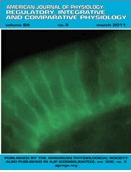

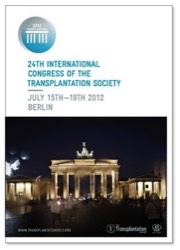
Nora Kammer's paper in Artificial Organs on "Labelling of primary human hepatocytes with micron-sized iron oxide particles in suspension culture suitable for large-scale preparation" is available pre-print. Co-authors are Nils Billecke, Mehmet H. Morgul, Michaela K. Adonopoulou, Martina Mogl, Mao D. Huang, Stefan Florek, Katharina R. L. Schmitt, Nathanael Raschzok and Igor M. Sauer.
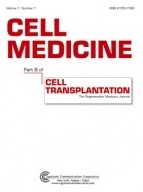
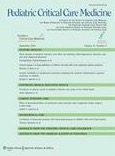


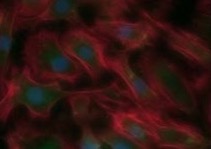

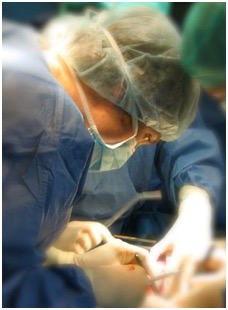
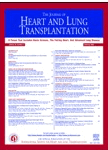


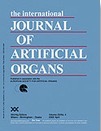
This website or its third-party tools use cookies, which are necessary to its functioning and required to achieve the purpose illustrated in the Disclaimer. By closing this banner, scrolling this page, clicking a link or continuing to browse otherwise, you agree to the use of cookies.